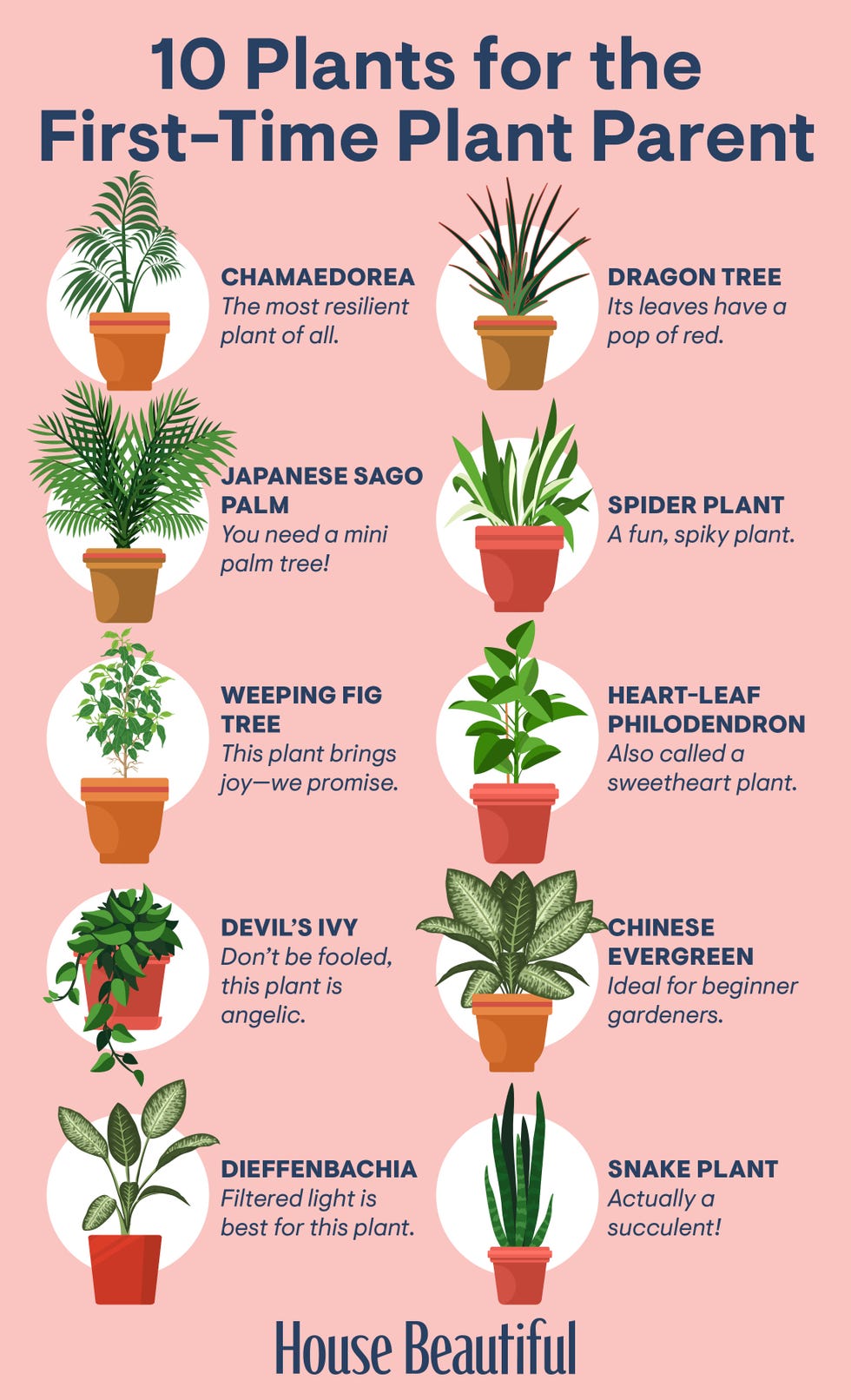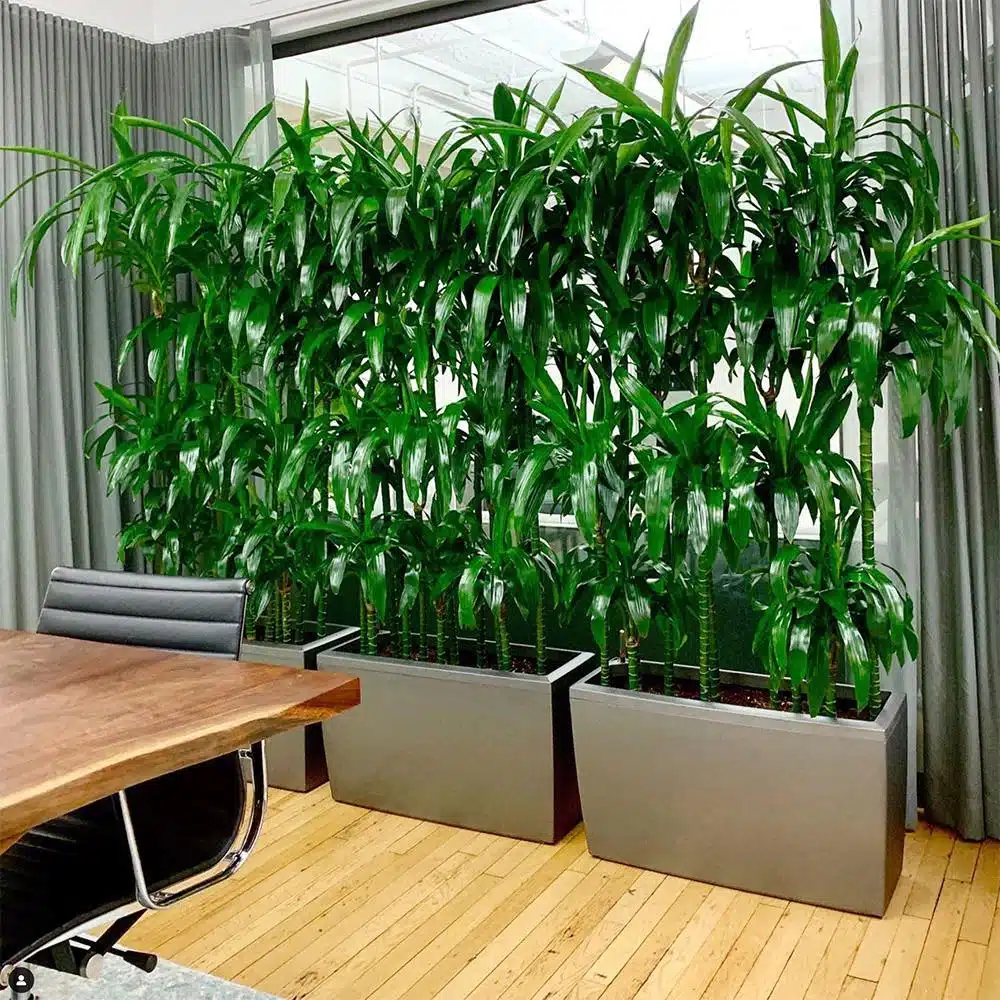Create a Lush Indoor Oasis with the Best Low-Light Indoor Plants
Create a Lush Indoor Oasis with the Best Low-Light Indoor Plants
Blog Article
Reveal the Secrets of Low-Light Indoor Plants and How They Improve Your Atmosphere
Low-light interior plants have garnered raising interest for their unique ability to boost both aesthetic allure and ecological high quality within offices and homes. These resilient varieties, including the Serpent Plant and Tranquility Lily, not only grow in difficult lights problems yet also play a critical duty in air filtration and psychological well-being.
Advantages of Low-Light Indoor Plants
Although numerous people presume that interior plants need bountiful sunshine to grow, low-light indoor plants supply a multitude of benefits that make them perfect for numerous environments. Among the primary advantages is their versatility; they can prosper in rooms with minimal natural light, such as workplaces, cellars, or areas with tiny windows. This attribute allows individuals to boost their surroundings with plant, adding to enhanced appearances without the requirement for considerable illumination alterations.
Furthermore, low-light indoor plants can substantially enhance interior air quality by launching and filtering system hazardous toxins oxygen, making living rooms healthier. The existence of plants has actually been linked to higher feelings of harmony and emphasis.
In addition, low-light plants commonly call for less upkeep than their sun-loving counterparts, making them excellent for active individuals or those brand-new to gardening. Their resilience allows them to love minimal intervention, hence supplying a satisfying experience for plant lovers and novices alike. In summary, low-light interior plants serve both aesthetic and useful functions, making them valuable additions to any room.
Top Low-Light Plant Selections
Low-light indoor plants come in a selection of varieties, each offering distinct characteristics and benefits suited for dark atmospheres. Among the most preferred varieties is the Serpent Plant (Sansevieria), understood for its architectural fallen leaves and air-purifying abilities. This durable plant prospers on forget and can endure a large range of light conditions.
One more excellent selection is the ZZ Plant (Zamioculcas zamiifolia), which includes glossy, dark green fallen leaves and is highly drought-tolerant. Its versatility makes it a preferred for workplaces and homes with restricted sunshine.
The Pothos (Epipremnum aureum) is additionally a leading challenger, with its routing vines and heart-shaped leaves - Best low-light indoor plants. This functional plant can be trained to climb up or waterfall, adding visual rate of interest to any room

Treatment Tips for Low-Light Plants
Looking after low-light indoor plants requires a nuanced understanding of their certain needs to make certain ideal growth and vitality. Initially, it is vital to pick the appropriate potting mix, as a well-draining dirt is essential to avoid origin rot. A blend made for houseplants, often having peat moss and perlite, functions well for many low-light ranges.
Watering is one more essential aspect of care. Low-light plants typically call for much less regular watering compared to their sun-loving counterparts. It is suggested to check the leading inch of dirt; if it feels completely dry, it's time to water. Overwatering can cause issues such as mold and mildew and root degeneration.
Fertilizing should be come close to with caution. Throughout the growing period, a watered down fluid fertilizer can be applied monthly, yet in winter months, several low-light plants get in inactivity and need little to no fertilization.
Lastly, it's crucial to occasionally cleanse the leaves to get rid of dust, permitting far better light absorption. By sticking to these treatment suggestions, you can grow a thriving environment for your low-light indoor plants, improving both their appearance and longevity.
Enhancing Air High Quality With Plants
Indoor plants play a significant duty in enhancing air this contact form high quality within homes and workplace. Through the procedure of photosynthesis, these plants absorb co2 and release oxygen, adding to a much healthier environment. Furthermore, particular low-light interior plants possess the capacity to filter harmful pollutants, such as trichloroethylene, benzene, and formaldehyde, which are frequently discovered in indoor atmospheres.

Moreover, the visibility of indoor plants can increase humidity levels, which aids ease completely dry skin and respiratory system concerns, further boosting overall health. This capability to improve air top quality not only advertises physical health yet also supports psychological health.
Integrating low-light indoor plants right into your living and functioning spaces can bring about a much more stimulating and site dynamic setting (Best low-light indoor plants). Spending in these natural air purifiers is a straightforward yet efficient method for improving indoor air high quality and cultivating a much healthier way of life
Producing a Serene Indoor Area
The integration of plants right into living areas not just improves air top quality but also adds to a peaceful ambience. Low-light interior plants, such as snake plants and pothos, are especially effective in producing a serene atmosphere, as they grow in problems that may or else be inhospitable for various other greenery. Their rich vegetation provides a relaxing visual, lowering stress and promoting leisure.
Incorporating these plants right into your office or home can evoke a feeling of peace and wellness. Strategically placing them in locations where you invest considerable time, such as living offices or spaces, enables for an immersive experience with nature, which has actually been revealed to enhance state of mind and cognitive feature.
In addition, the gentle movement of leaves in reaction to air flow can create a vibrant visual component that improves the overall atmosphere. Think about making use of a range of plant heights and structures to include deepness and passion to your area. With thoughtful placement and treatment, low-light interior plants can change any location right into a calm shelter, promoting not just aesthetic fulfillment yet emotional and likewise psychological health.

Verdict
Integrating low-light indoor plants into numerous settings yields substantial benefits, including improved air quality and enhanced aesthetic appeal. These durable species not only thrive in very little light yet additionally add to a calming environment, advertising emotional and emotional health. By choosing suitable varieties and carrying out appropriate care methods, people can effectively grow a peaceful interior area that cultivates wellness and efficiency. The transformative power of low-light plants emphasizes their worth in enhancing both work-related and household setups.
Although several individuals assume that indoor plants Learn More Here call for bountiful sunshine to grow, low-light indoor plants supply a wide range of benefits that make them optimal for various settings.Moreover, low-light interior plants can significantly enhance interior air high quality by launching and filtering damaging toxic substances oxygen, making living areas healthier. Furthermore, certain low-light indoor plants possess the ability to filter harmful toxins, such as benzene, formaldehyde, and trichloroethylene, which are frequently discovered in indoor environments.
Low-light indoor plants, such as serpent plants and pothos, are specifically effective in developing a calm atmosphere, as they prosper in problems that may otherwise be unwelcoming for other greenery.Including low-light indoor plants into various settings returns substantial advantages, including improved air top quality and improved visual appeal.
Report this page